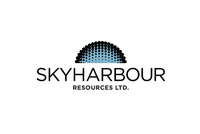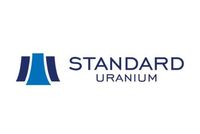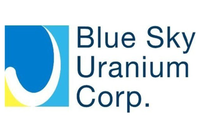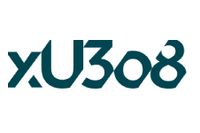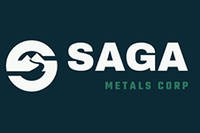Latest Uranium News: Kivalliq Intersects Off-scale Radioactivity at Dipole Target

In the latest uranium news, Kivalliq Energy announced results from exploration drilling at the previously untested Dipole target at its Angilak property.
The latest uranium news came last Thursday when Kivalliq Energy (TSXV:KIV) announced exciting drill results from the previously untested Dipole target at its Angilak property. All nine drill holes intersected anomalous radioactivity, with some off scale at as high as 18,800 cps.
Drilling was conducted within a zone 35 to 48 meters wide; it hosts one to four steeply dipping, parallel mineralized drill intercepts at a vertical depth of 15 to 110 meters and along strike about 150 meters. According to a press release, the results clearly demonstrate that complementary geophysical and geochemical surveys are very effective tools for successfully targeting exploration drilling.
Commenting positively on the news, Kivalliq’s CEO, Jim Paterson, said, “Dipole is about 25 kilometers away [from the Lac 50 trend]. We think it is a mirror trend to Lac 50, and we are testing it because some of the attributes that were noticeable from the geophysics and geochemical [surveys] led us to believe it could be shallow, high-grade and wide.”
Effective geochemical surveys
The company used enzyme leach geochemical sampling, which it said has proven to be a valuable exploration tool for detecting subsurface mineralization at both the Lac 50 and Dipole-RIB trends. An additional 408 infill soil samples were take along the 3.6-kilometer-long uranium geochemical anomaly, located adjacent to the unconformity at RIB.
Reiterating the effectiveness of the studies used, Paterson said, “the enzyme leach sampling is a very cost-effective method for sorting and segmenting those conductors.”
The 2015 exploration program at Angilak has now been completed and came in substantially under the C$1.5-million initial budget at C$900,000. The goal of the drill program at Dipole was to test the center of a prominent 2-kilometer-long, very low-frequency electromagnetic conductor and a coincident 3.4-kilometer-long uranium-in-soil anomaly.
“The importance of this program is that enzyme leach works when used in conjunction with geophysics, and we learned that these are multiple or parallel structures. So one of the reasons for the geophysical signature could have been these multiple stacked zones that were conductive. We also drilled into zones that were radioactive that actually probably weren’t conductive, but still carry uranium. So we learned a lot about those in this drill program, and that will help us for the next drill program,” Paterson explained.
Much more work to be done… in time
And while he was pleased with the program’s results, Paterson said it just barely scratched the surface, covering less than 10 percent of the strike length.
“We hit radioactive intervals in every single hole, [and that] is an amazing start, but we’ve still got a lot of work to do,” Paterson said. “We got lucky, hit a great target, but now it warrants a much larger drill program to expand our knowledge.”
He added that to go ahead with this larger drilling program, the company will require a bit more support from the uranium market — support that just isn’t there yet.
“It warrants a pretty substantial drill campaign, so when the market is there and we have the wind at our back, we know exactly what to do, we just need funding to go in and deploy. It is a great target. Not only is it a great target, but I think it would benefit us to wait for these geochemical assays to come back from RIB because it could be part of a bigger program. So there could be some pretty exciting exploration targets. We’re not under the gun at all to raise any financing, so we can be strategic when we do it because we know exactly what we want to do when the timing is right.”
The next steps for Kivalliq will be receiving assay results from both drilling and geochemical sampling at the Dipole-RIB trend. Both are expected within the next six to eight weeks.
Securities Disclosure: I, Kristen Moran, hold no direct investment interest in any company mentioned in this article.
Editorial Disclosure: Kivalliq Energy is a client of the Investing News Network. This article is not paid for content.
Related reading:
Kivalliq’s Jim Paterson: Reactor Growth to be a Key Uranium Demand Catalyst

